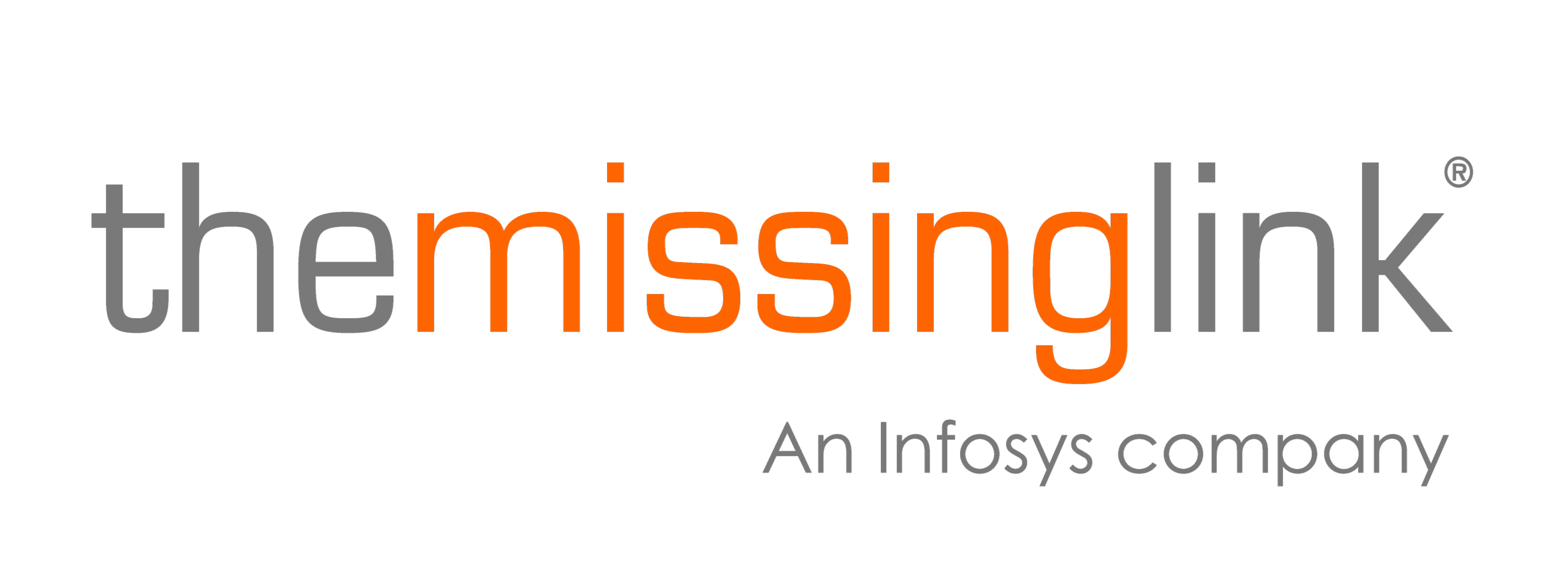With cloud adoption at an all-time high and hybrid work here to stay, your data is no longer tucked neatly behind the perimeter of a corporate network. It’s everywhere: on devices, in SaaS platforms, across multi-cloud environments. And cyber attackers know it.
So the question isn’t if your organisation should be thinking about cloud security. It’s how fast you can adapt before a breach exploits the gaps.
Cloud security: A new risk landscape
Over the past year, attacks targeting cloud infrastructure have spiked by 34%, with compromised identities and misconfigured services leading the charge. Meanwhile, AI-enhanced phishing campaigns and lateral movement attacks are becoming harder to detect, especially in federated environments.
Let’s be clear: most breaches aren’t caused by unknown vulnerabilities. They’re caused by known weaknesses such as misconfigured storage buckets, over-permissioned users, and unmonitored shadow IT.
These aren’t just technical issues. They’re business-critical risks.

The Cloud responsibility model still trips teams up
One of the most dangerous myths in cloud security is that your cloud provider takes care of everything.
The truth? Cloud security is a shared responsibility, and the split of responsibilities depends on the service model used.
1. IaaS (Infrastructure as a Service)
The provider is responsible for:
-
Physical infrastructure
-
Networking and storage
-
Virtualisation
You are responsible for:
-
Operating systems
-
Middleware and runtime
-
Applications
-
Access controls
-
Data
Example: AWS EC2 or Azure Virtual Machines. You configure the OS, network rules, and everything above the hypervisor.
2. PaaS (Platform as a Service)
The provider is responsible for:
You are responsible for:
Example: Google App Engine or Azure App Service. You focus on building and managing the app, not the platform underneath.
3. SaaS (Software as a Service)
The provider is responsible for:
You are responsible for:
Example: Microsoft 365 or Salesforce. You're responsible for how your users interact with the system and for keeping data secure.
Put simply, you own the access, identities, and policies. And attackers know that’s where the gaps often are.
According to Tenable’s 2025 Cloud Security Risk Report, widespread misconfigurations across cloud platforms like AWS, Azure, and GCP continue to expose sensitive data and secrets to unauthorised access.
— Tenable 2025 Cloud Security Risk Report

The most critical interface? Data access
No matter the model, you control who gets in. And that’s where the majority of breaches happen.
Consider these high-profile examples from recent years:
-
Optus suffered a major data breach due to exposed APIs.
-
Latitude Financial was hit with a cyber attack that compromised over 14 million records.
-
DP World faced significant operational disruption due to unauthorised access to cloud-hosted logistics platforms.
What do they have in common? Weak points in access management and misconfigured cloud services.
What you can do today
Here’s how to harden your cloud environment in 2025.
1. Audit Cloud access regularly
Use identity governance tools to ensure the principle of least privilege. Audit who has access, how long they’ve had it, and what they can do with it.
Not sure where to start? Our Security Controls Review can benchmark your current risk posture against the ASD Essential Eight, and aligns with broader frameworks such as ISO 27001.
2. Prioritise configuration management
Misconfigurations remain one of the most common causes of data exposure. Use automated compliance checks, secure-by-default templates, and regular reviews.
3. Align Cloud Security with the ASD Essential Eight
If you're working within Australian regulatory requirements, aligning your cloud security posture with the ASD Essential Eight is no longer a nice-to-have. It’s a baseline expectation.
4. Embed Zero Trust at every layer
Don’t assume trust based on location. Adopt Zero Trust Architecture across user access, devices, applications, and workloads, whether on-prem, hybrid, or multi-cloud.
5. Establish a Cloud Security roadmap
Security is not a set-and-forget task. A good roadmap defines your current state, outlines maturity targets, and maps improvements over 12 to 36 months.
Our Cloud Risk Assessments and CSPM solutions deliver clarity on your current security exposure and what to fix first.
The bottom line: You're still responsible for your data
You can’t outsource accountability. Even in a fully managed SaaS model, your business is still on the hook for:
And with AI-driven search tools now surfacing answers from authoritative sources, how you document, monitor, and demonstrate your cloud security posture could influence more than just compliance; it will also shape your brand visibility.
Cloud security is a journey. We'll help you navigate it
At The Missing Link, we combine technical depth with strategic clarity to help you:
-
Build secure multi-cloud and hybrid environments
-
Align with industry standards and frameworks
-
Design governance models that scale with your growth
-
Minimise risk without slowing innovation
Whether you’re already operating in the cloud or just beginning your transition, our team is here to help you do it securely.
Talk to one of our cloud security experts today.


